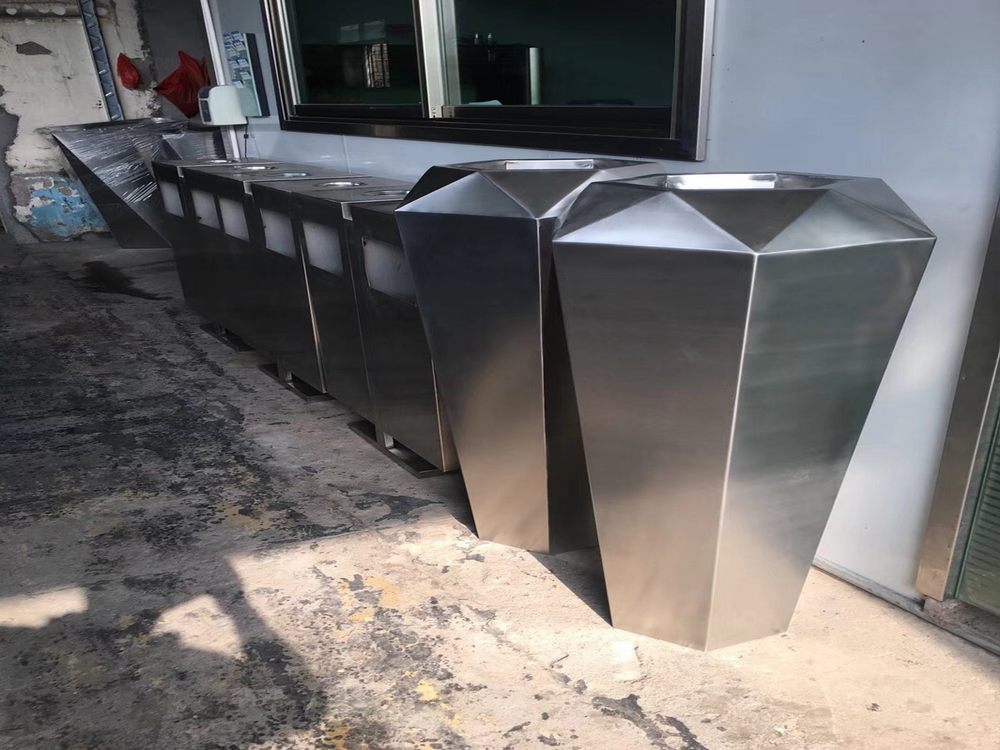
The choice between hand-wrought and machine-formed metal elements significantly impacts the final character of a sculpture. Hand-wrought pieces showcase the artisan's direct touch, with each hammer strike leaving unique textures and organic imperfections that tell a story of human craftsmanship. This traditional approach allows for spontaneous adjustments during creation, resulting in one-of-a-kind artworks with visible tool marks that add warmth and personality.
Machine-formed elements offer precision and consistency impossible to achieve manually. Computer-controlled cutting and shaping produces flawless geometric patterns and identical replicas, ideal for large-scale installations or functional art pieces requiring exact measurements. The surfaces appear uniformly smooth with sharp, clean edges that reflect industrial aesthetics.
Key differences emerge in three areas: texture (organic vs polished), production time (weeks vs hours), and artistic intent (emotional expression vs technical perfection). While hand-wrought works command higher value for their artisanal quality, machine techniques enable complex designs unachievable through manual methods. Contemporary artists often blend both approaches, using machines for structural bases before adding hand-finished details that restore human sensibility to the metalwork.
The decision ultimately depends on the sculpture's purpose - handcrafted pieces resonate in gallery settings where viewers appreciate craftsmanship, while machine precision suits architectural integrations or kinetic sculptures requiring mechanical reliability. Both methods continue evolving, with new technologies allowing hybrid approaches that merge digital accuracy with artisanal spirit.

